Here, Laura tells us what they got up to and what’s new in the WW1 battlefields.
Why did you visit the WW1 battlefields?
We were invited by Visit Flanders to travel to Belgium to visit the WW1 battlefields.
This is our most popular history destination for coach travel and gave us the opportunity to meet with friends and suppliers (new and old!) to discuss the change to group travel since Covid, to act as a refresher training for staff, and to show our support for businesses and museums in the area.
We were overwhelmed with the reception we received!
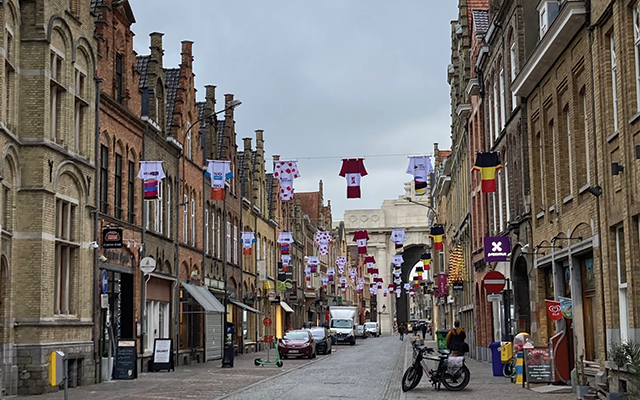
We were based in Ypres. Ypres is a beautiful city and the gorgeous weather really enhanced this. It’s very safe for students to walk around independently and visit the local chocolate shops for a true taste of Belgian chocolate!
The main sites of the WW1 battlefields in the Ypres Salient are all located within 20-30 minutes from each other, and there are plenty of opportunities for groups to stop and visit memorials or cemeteries along the main routes.
This destination can also be combined with a visit to the Somme battlefields, the Opal Coast or Paris for those with a cross-curricular focus.
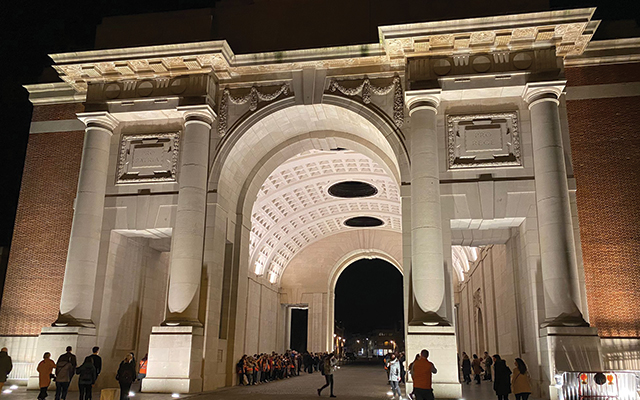
We visited the In Flanders Fields Museum, which is one of the most popular visits on our tours to the battlefields. The museum gives students a great overview of the period from 1914-18, and school groups have the option to explore the museum with an audio guide tailored to their age.
Some of the exhibits have been updated, such as the films, and the education department have also developed some great workshops and tours that would be a useful addition to a tour, to further enhance the group’s experience and understanding.
Our first evening ended with a visit to the Menin Gate to attend the Last Post Ceremony. This is an incredibly moving ceremony, which takes place every evening at 8pm to remember the lives lost during warfare.
Even during Covid, when visitors were not permitted, the ceremony still took place with just one bugler.
Standing underneath the huge memorial, inscribed with the names of the missing soldiers of WW1, groups can arrange to lay a wreath during the service, which is bound to be a moment that they remember for many years to come.
We also visited the Memorial Museum Passchendaele 1917, which has a fantastic exhibition, as well as reconstructed trenches and an underground bunker for school groups to explore.
Another museum that is well worth a visit is the Hooge Crater Museum. The privately-run museum offers great packages for school groups and has a separate exhibition focused on the Medical Aid GCSE unit.
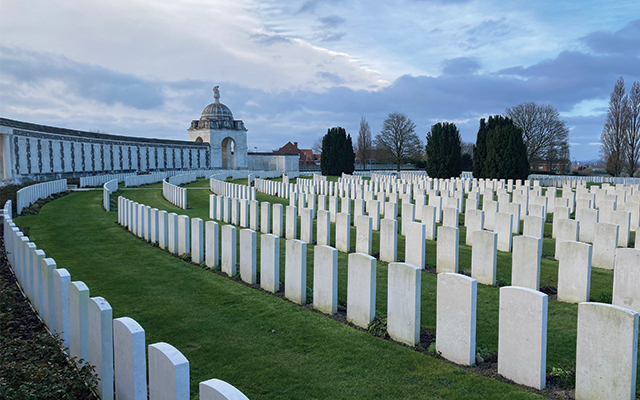
Other interesting sites were Tyne Cot Cemetery, the Caterpillar Crater, Hill 60 and the Irish Peace Park, to name a few.
Our tour ended with a visit to the Lijssenthoek Military Cemetery and Information Centre, followed by tea and lunch at Talbot House. This visit is always a good way to end a tour as the house was the location for much-needed R&R for soldiers during the war. It was a home from home, where rank was abandoned and became known as the ‘Every Man’s Club’.
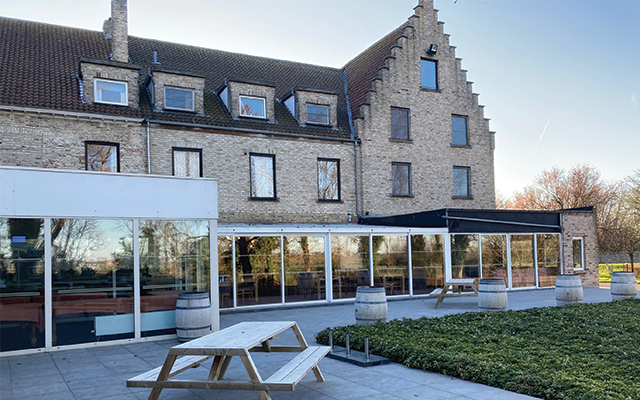
We re-visited our favourite and most trusted hotels, Poppies 1 and 2, and The Menin Gate from the School Hotel Group, as well as the Ypres Lodge and Oude Abdij from the Westhoek Group.
These are all hotels that are tailored specifically to school groups and are located in the centre of Ypres itself or just outside.
All offer comfortable accommodation, and a couple of them also have the benefit of sole occupancy if minimum numbers are met.
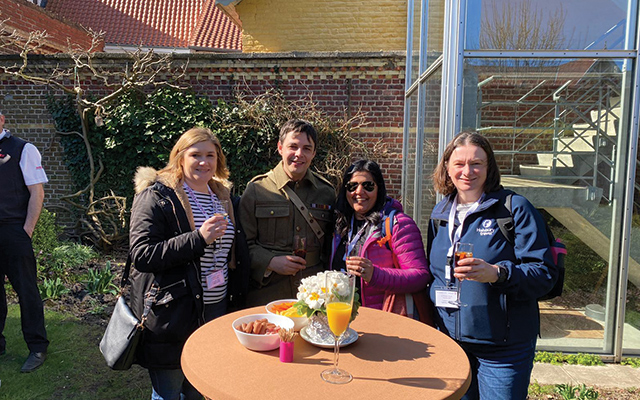
I strongly believe that a visit to the WW1 battlefields is one of the most important trips pupils can make. You cannot understand the enormity of the lives lost and the reality of war until you’ve been to one of the many cemeteries in and around the area.
Our suppliers in the Ypres Salient have all very much missed hosting British school groups and are very much looking forward to welcoming them back!
Any other tips?
A WW1 battlefields tour can be tailored to enable schools to visit the graves of specific people (within reason), as long as plenty of notice is given and the necessary details provided. Perhaps a former pupil who was killed in action, or the relative of a pupil or teacher?
These special touches always make the trip more memorable and we are happy to try and assist with research if necessary.
I would also recommend considering the services of a good guide, especially if it’s the first time the teacher is leading the tour. This can be arranged through Halsbury and the tour can, of course, be tailored to your requirements.
Ready to start planning your WW1 battlefields tour?
Please don’t hesitate to contact us for further information or to request a tailor-made quote.